What’s Up
The IPT group graciously accepted Bill Griswold’s invitation to a Super Bowl party at his place. Bill and his wife put out a great spread of chips, and nuts, and guacamole, not to mention and endless supply of beer and fine wine. Thanks a huge stack to the Griswold family. I sprung for the pizza. As Mark Hodgson and multiple IPT veteran Mike Gotthelf were the only two rooting for the Patriots, congrats to them by the way, most of us were not too thrilled by the outcome. The 40-second confusion and the 2nd down and less than a yard call for a pass play were ridiculous at best. The Seahawks simply gave the game away.
This blog post took about 3 hours to assemble. I optimized the four images during what I am not calling the Stupid Bowl. It was published at 4:40 am Pacific time, which is 7:40am in the east. I still have many exciting new images, tales, and lessons from my recently concluded Southern Oceans trip to share with you here over the course of the next few weeks and am looking forward to doing just that. Do consider joining me in South Georgia next October for the trip of a lifetime. See here for the complete details. In addition, I will surely be sharing more 100-400 images along with additional positives and a very vew negative on the new lens. I will let you know how it goes with the 1.4X TC with both the 1D X and the 7D II. Just give me a bit of time 🙂
SAVE $242
Register now for the South Georgia trip and receive a $242 on your return airfare. Please e-mail for details.
Please Remember to use our Affiliate Links 🙂
To show your appreciation for my continuing efforts here, we ask, as always, that you use our the B&H and Amazon affiliate links on the right side of the blog for all of your purchases. B&H is recommended for you major photography gear purchases, Amazon for your household, entertainment, and general purpose stuff. Please check the availability of all photographic accessories in the BIRDS AS ART Online Store, especially the Mongoose M3.6 tripod heads, Gitzo tripods, Wimberley heads and plates, LensCoats and accessories, and the like. We sell only what I have used, have tested, and can depend on. We will not sell you junk. We know what you need to make creating great images easy and fun. And we are always glad to answer your gear questions via e-mail. I just learned that my account was suspended during my absence; it should be up and running by Monday at the latest.
I would of course appreciate your using our B&H affiliate links for all of your major gear, video, and electronic purchases. For the photographic stuff mentioned in the paragraph above we, meaning BAA, would of course greatly appreciate your business. Here is a huge thank you to the many who have been using our links on a regular basis and visiting the BAA Online store as well.
|
This image was created in wet, cloudy, drizzly conditions on January 30, 2015 at La Jolla, CA with the hand held Canon EF 70-200mm f/2.8L IS II USM lens (at 165mm ) and the Canon EOS 7D Mark II. ISO 1250. Evaluative metering +1 1/3 stops: 1/1000 sec. at f/2.8. Two AF points up from the central AF point/AI Servo Surround Rear Focus AF as framed was active at the moment of exposure (as is always best when hand holding). Click here to see the latest version of the Rear Focus Tutorial. Click on the image to see a larger version. |
The First Scouting Morning
On my first scouting morning, the day before I got my 100-400 II,it was cloudy dark. And by 9:30am the drizzle had gotten pretty heavy. So I quit. I brought down the 200-400 with the 1D X on a tripod and the 70-200 with the 7D Mark II on a Black Rapid RS-7 Strap. After making only a few frames with the big zoom I went hand held with the light rig for the rest of the morning.
Most of my images were made while seated as it is easier to approach the birds and easier to make sharp images. Why the latter? Rest the bottom of your left forearm on top of your left knee to form a “kneepod.” Great for hand holding.
|
This image was created in wet, cloudy, drizzly conditions on January 30, 2015 at La Jolla, CA with the hand held Canon EF 70-200mm f/2.8L IS II USM lens (at 200mm ) and the Canon EOS 7D Mark II. ISO 800. Evaluative metering +1 2/3 stops: 1/640 sec. at f/2.8. One AF point up from the central AF point/AI Servo Expand Rear Focus AF as framed was active at the moment of exposure (as is always best when hand holding). Click here to see the latest version of the Rear Focus Tutorial. Click on the image to see a larger version. |
Getting Close
Stay low. Move slowly. Watch the birds’ behavior and learn their comfort levels. If they react to you at all, stay stil for a minute or two until they either relax or go back to doing what they were doing. You can move more freely and get a lot closer when you are hand holding than you can when working on a tripod. Again, as long as you get low, move slowly, and pay attention.
|
This image was created in wet, cloudy, drizzly conditions on January 30, 2015 at La Jolla, CA with the hand held Canon EF 70-200mm f/2.8L IS II USM lens (at 200mm ) and the Canon EOS 7D Mark II. ISO 1000. Evaluative metering + ]2 1/3 stops off the light blue water: 1/800 sec. at f/2.8 in Manual mode was somewhat of an under-exposure. Central AF point (manual selection)/AI Servo Shutter Button AF as originally framed was active at the moment of exposure. Click on the image to see a larger version. |
f/2.8 Rocks! The 100-400II Revelation
On the ride home I realized that when working in conditions with no light, i.e., cloudy, dreary, and dark, the versatile, reliable Canon EF 70-200mm f/2.8L IS II USM lens will most often be a better choice than the new Canon EF 100-400mm f/4.5-5.6L IS USM lens. It will save you two stops of ISO. But only 100% of the time. All of today’s avian images were made wide open at f/2.8 at ISOs ranging from 800 to 1250. With the 7D II and its 1.6 crop factor. I would not have wanted to been working at ISOs from 1600-2500 with the smaller pixel camera body….
In dark conditions, when you wish to hand hold, score one for the 70-200 II. That said, in brighter situations, I will always grab the 100-400II for greater reach regardless of camera body.
|
This image was created in cloudy conditions on January 30, 2015 at San Diego, CA with the hand held Canon EF 100mm f/2.8L Macro IS USM lens and the Canon EOS 5D Mark III DSLR Camera (Body Only) ISO 800. Evaluative metering -1/3 stop as framed: 1/125 sec. at f/8 in Av mode. One AF point up from the central AF point (manual selection)/AI Servo Shutter Button AF as originally framed was active at the moment of exposure. Click on the image to see a larger version. |
Getting Down and Dirty (and Wet) with the 7D II
When folks would see images of me crawling around in the sand or mud with a big lens, the would often e-mail” “Aren’t you gonna get sand or mud on your camera and lens?”
The answer: “Well yeah. My job is to create the best possible images. And if that requires getting my gear filthy, then I am there.”
Clean-up with a soft paint brush, and old t-shirt, Lens Clens (the main ingredient) and a Q-tip for the viewfinder. I apply Lens Clens liberally to the t-shirt and scrub the finish of the camera body to get rid of most of the mud from the ridges.
Surprising Note
I worked often in the drizzle on the big Southern Oceans Expedition with both the 7D II and one of my 1D X bodies. The 7D II preformed flawlessly. I did have a problem with one of my 1D X bodies which was acting funky on one landing for an hour or so. Because of the moisture, it would black out for a few minutes of time before coming back to life…. As most of you know, the pro bodies like the 1D X and the Mark IV are supposed to be better sealed against the weather than the pro-sumer bodies like the 7D II and the 5D III. Supposed to be….
San Diego Natural History Museum Program & The Birds of the World Exhibit
On Saturday morning, February 7, 2015 I will be presenting “A Bird Photographer’s Story” at 9am tomorrow at the San Diego Natural History Museum to kick off the Birds of the World photographic exhibit that will feature the images of about a dozen of the world’s top avian photographers. This program is being generously sponsored by the Canon Explorers of Light program. I am proud to say that both Denise Ippolito and I will have images hanging in the show. The exhibit opening will follow the program.
Friday Morning San Diego In-the-Field Photo Session: February 6, 2015: $299.
Open to all.
This small group workshop includes 3 hours of in-the-field Wood and Ring-necked Duck photography instruction and brunch with image review and Photoshop instruction.
|
Images courtesy of and copyright Captain James Shadle (aka Froggie). All of the images here were created at Alafia Banks. Card creation and design by Arthur Morris/BIRDS AS ART. |
The Hooptie Deux/Roseate Spoonbills and More Instructional Photo-Tour via pontoon boat. 4 1/2 DAYs: $3200. SUN FEB 22 thru lunch on THUR FEB 26, 2015/Strict Limit: 6 photographers/Openings: 1.
Due to a cancellation we now have a single opening on this trip which sold out minutes after being announced.
Meet and greet on the evening of SAT 21 FEB. Two great leaders: Captain James Shadle (Nikon) and Canon Explorer of Light Emeritus Arthur Morris.
Roseate Spoonbill is one of if not the most sought after avian photographic subjects in Florida. They are generally hard to find and somewhat difficult to approach. They are relatively easy to find at Alafia Banks—heck, you can’t miss seeing them, but even there they can on some days be somewhat difficult to approach. On some days we may be able to get ridiculously close to them. The huge incentive to get out to Alafia Banks in mid-February is the chance to photograph this species at the height of its spectacular breeding plumage….
Weather permitting there will be nine boat trips: 5 mornings and 4 afternoons! Mornings to Alafia Banks for spoonbills and Brown Pelicans (with lots of flight photography with the birds likely carrying nesting material), cormorants, ibises (both Glossy and White in breeding plumage. Many of the White Ibises will be sporting their spectacular, distended, red, naked (un-feathered) throat pouches—typically larger in the females. In addition we will get to photograph egrets including Great and Reddish, both in full breeding plumage, shorebirds, and more. There will be lots of flight photography opportunities. Afternoon trips either to Alafia Banks for spoonbills and more or to a more sheltered inland rookery location for a variety of nesting birds. In the event of horrific weather artie will either take the group to Fort DeSoto or will conduct an image review/Photoshop session. This IPT includes five lunches that will be followed by small group image sharing and review and some over-the-shoulder Photoshop instruction.
Important Notes
We stay in Brandon, FL for this IPT. From our hotel there it is is only about 20 minutes to the dock. The plan is for all nine sessions to be by boat. For the Alafia Banks segments, Captain Shadle provides light weight chest waders as much of the photograph will be done while we are standing in fairly shallow water behind our tripods. We help you get in and out of the boat with your gear. This is likely not the best trip for folks with balance problems. Note however that some folks may opt to stay on the boat. They usually have lots of chances for flight photography of spoonbills and other species but are almost always pretty far away from the spoonbills that land.
I recently saw a similar trip advertised two months too late for breeding plumage spoonbills (and two months too late for most of the rest of the species in breeding plumage). 5 Days: $3200. With only four boat trips…. The Hooptie IPT represents an incredible opportunity and with 3 slots filled already the remaining three spots should fill very quickly. We hope that you can join us. Scroll down for registration info.
|
All of the images here were created at Alafia Banks in the month of February. Images copyright Arthur Morris/BIRDS AS ART. Card creation and design by Arthur Morris/BIRDS AS ART. |
Hooptie IPT Registration Info
A $449 non-refundable deposit is required to hold your slot for this IPT. Your balance, payable only by check, will be due on 11/22/2014. If you cancel and the trip fills, we will be glad to apply a credit applicable to a future IPT for the full amount less a $100 processing fee. If we do not receive your check for the balance on or before the due date we will try to fill your spot from the waiting list. If your spot is filled, you will lose your deposit. If not, you can secure your spot by paying your balance.
Please print, complete, and sign the form that is linked to here and shoot it to us along with your deposit check (made out to “Arthur Morris.”) You can also leave your deposit with a credit card by calling the office at 863-692-0906. If you register by phone, please print, complete and sign the form as noted above and either mail it to us or e-mail the scan. If you have any questions, please feel free to contact me via e-mail.
Be sure to like and follow BAA on Facebook by clicking on the logo link upper right. Tanks a stack!
Support the BAA Blog. Support the BAA Bulletins: Shop B&H here!
We want and need to keep providing you with the latest free information, photography and Photoshop lessons, and all manner of related information. Show your appreciation by making your purchases immediately after clicking on any of our B&H or Amazon Affiliate links in this blog post. Remember, B&H ain’t just photography!
Amazon.com
Those who prefer to support BAA by shopping with Amazon may use this link:
Amazon Canada
Many kind folks from north of the border, eh, have e-mailed stating that they would love to help us out by using one of our affiliate links but that living in Canada and doing so presents numerous problems. Now, they can help us out by using our Amazon Canada affiliate link by starting their searches by clicking here. Many thanks to those who have written.
Typos
In all blog posts and Bulletins, feel free to e-mail or to leave a comment regarding any typos or errors. Just be right :).

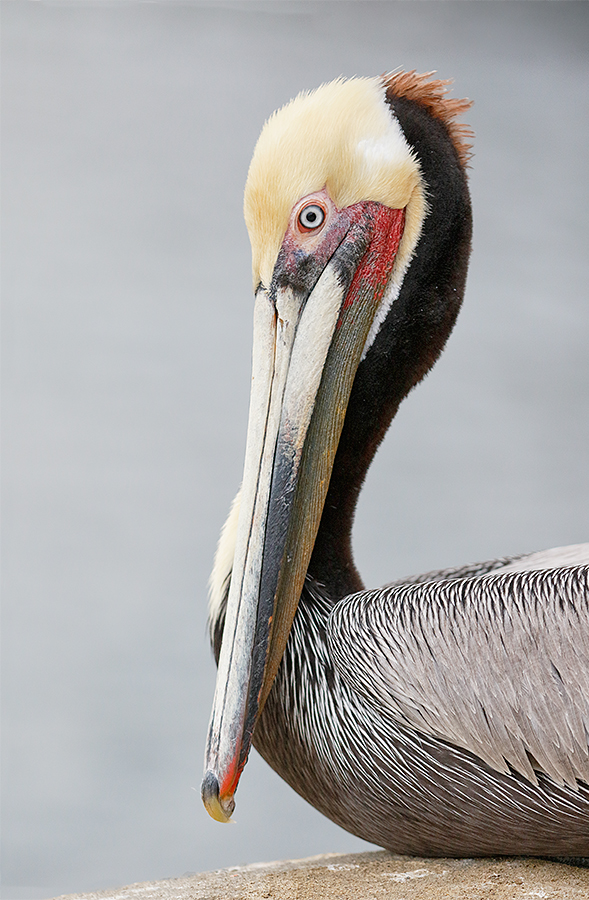
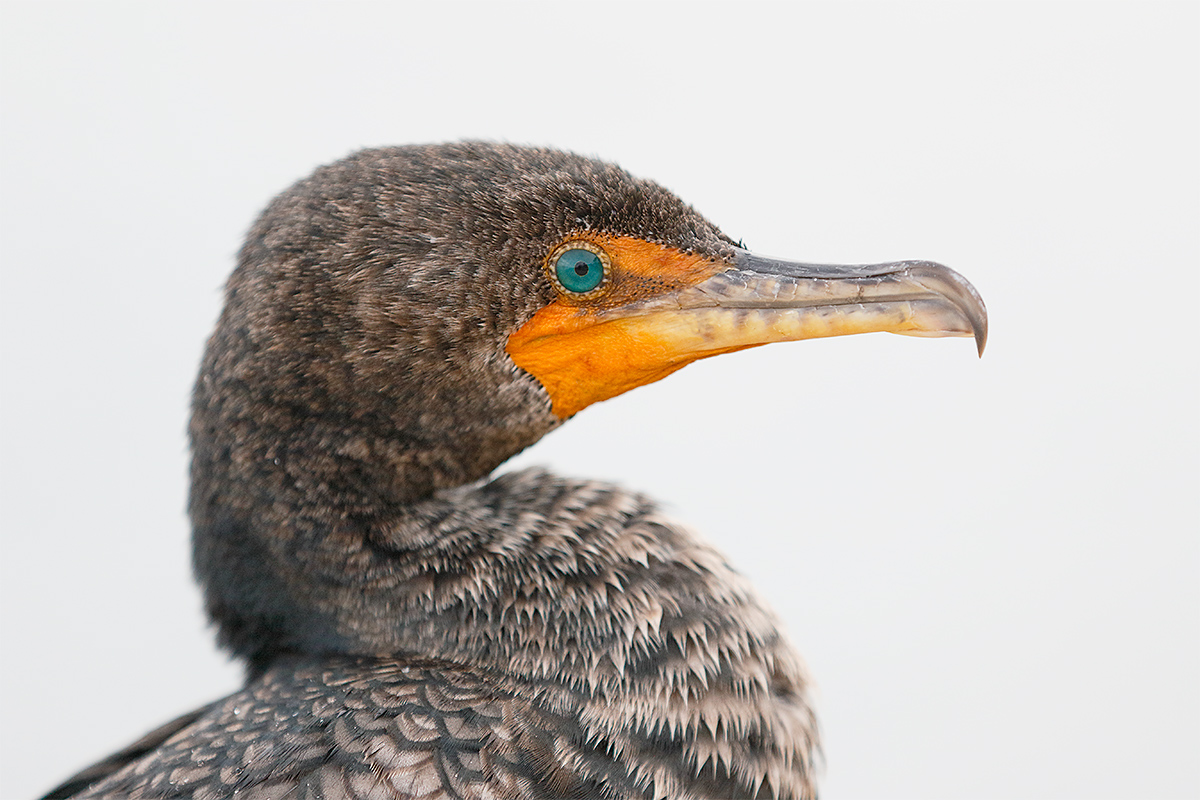
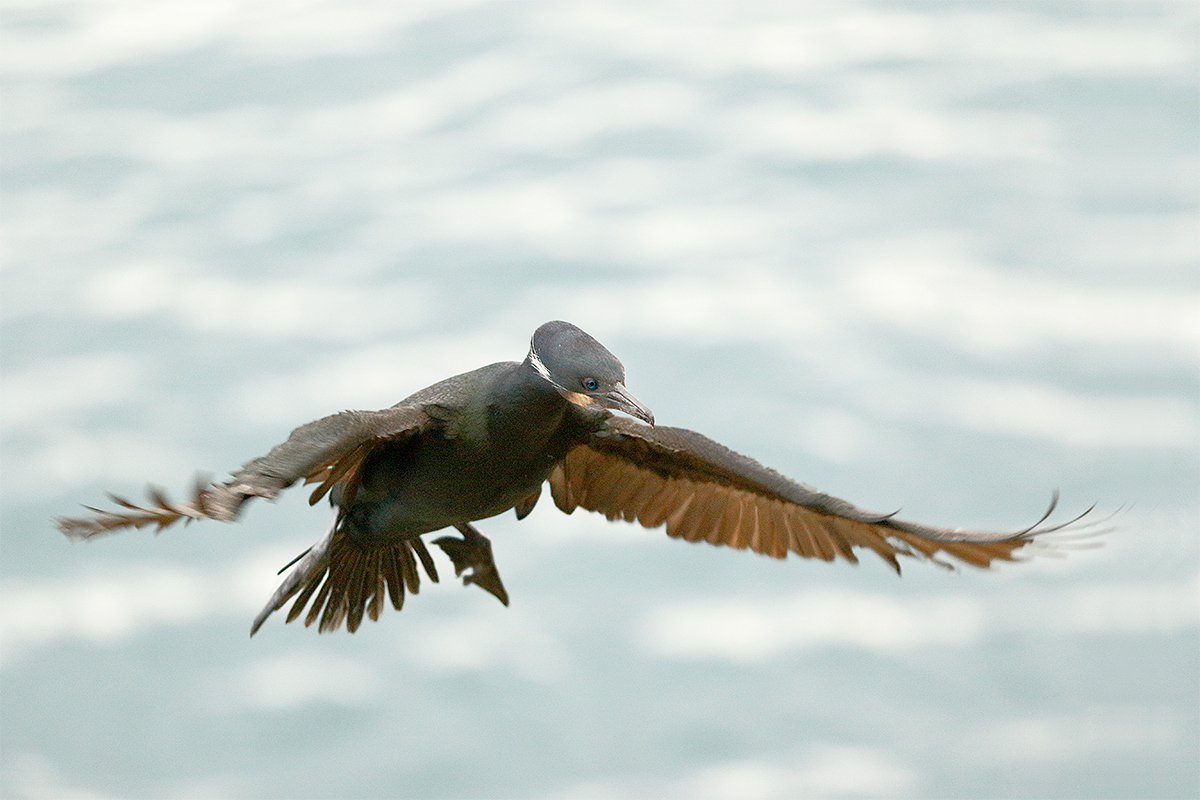
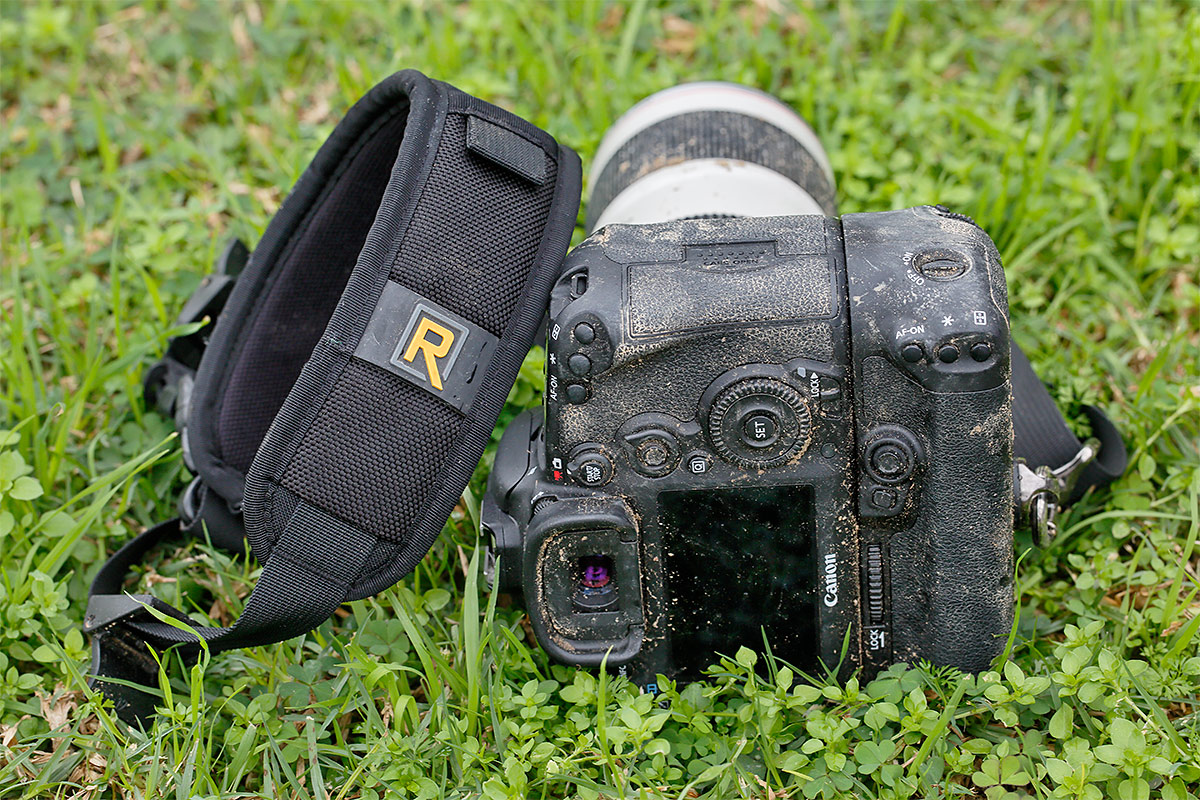
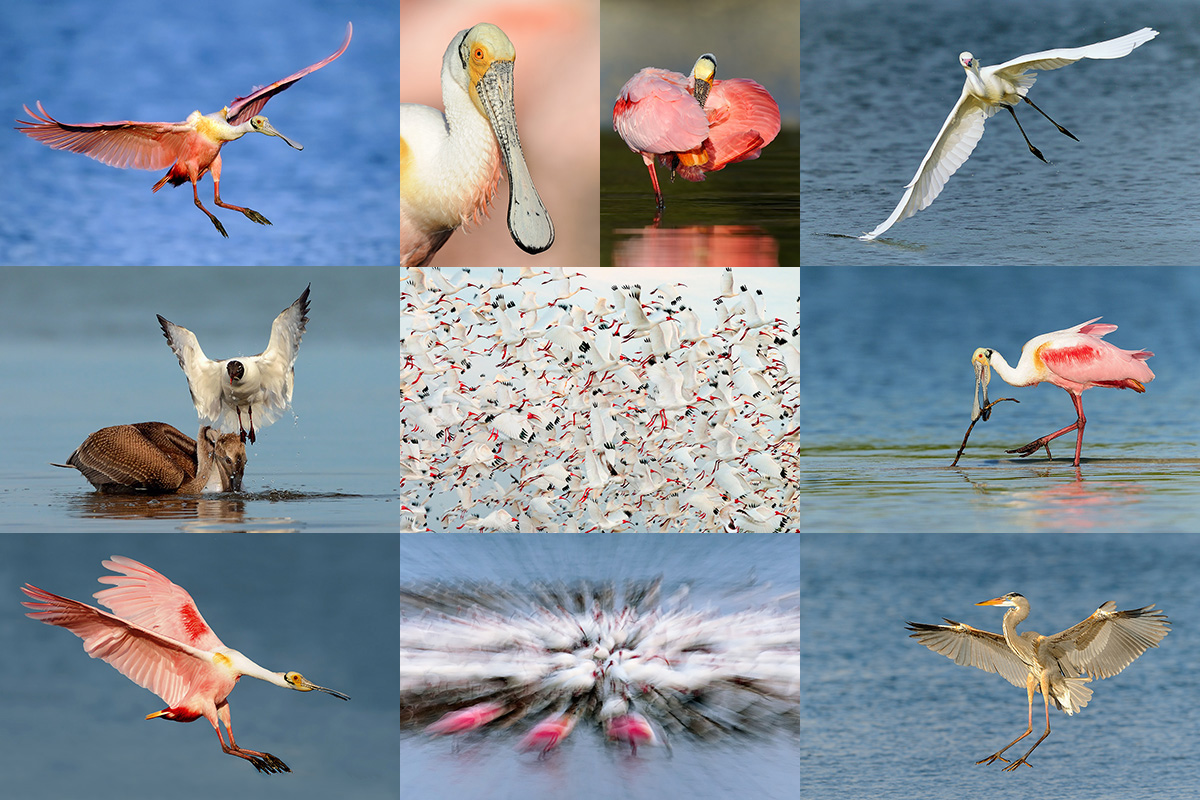
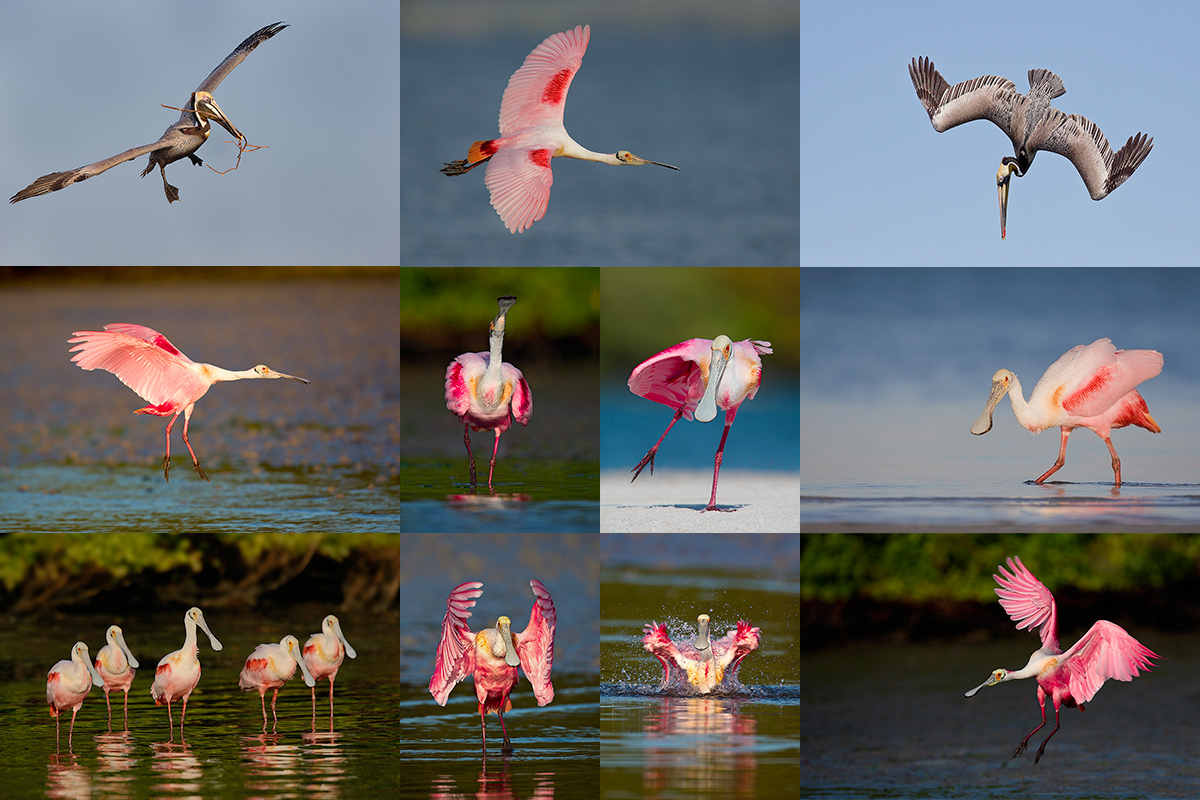













On your Lens Clens webpage it says “do not use on plastics”.
You said you’re using it to clean camera body and not a lens ?
I use it to clean everything photography including my laptop monitors. What plastics are you referring to? IAC< I have never had a problem. artie
Isn’t camera body made of plastic ?
Manufacturer’s website and yours too says not to use on plastics so I’m just curious if there could be some problem.
Camera body is not made of plastic. The 7D II is made of magnesium alloy. Please explain to me why I had to spend minutes trying to verify that information :). artie
I was talking more in general terms.Yes,more and more cameras have magnesium alloy chassis but there’re still some made from polycarbonate and I was just wondering when I read that you use it for cleaning but then on your own page about that product (https://store.birdsasart.com/shop/item.aspx?itemid=301) it says “NOTE: Do not use on Plastics”.
Just wondering,that’s all.
If your camera is made of plastic then do not use Lens Clens 🙂 a
Hi Artie, love your blog as usual. One question though, how come I see no visible noise on the dark part of the neck of the bird in the pelican image at ISO 1250 but there is a fair bit visible on the body of the Brant’s cormorant in flight at ISO 1000? Is it to do with noise reduction in post production or are the ISO numbers wrong?
Many thanks for your continued contribution to my improvement in photography.
Andy
Ditto on the weather sealing post – I’m a big fan of APS-H, not APS-C so much. That post (easily found, I won’t link it without permission here) was so positive it put me over the top once Artie started blogging about this camera.
Note to self: Never buy any of Art’s gear.
Neat to show what you put your gear through as well as what it can handle.
Unless you want to get the stuff in perfect working condition for really cheap…. The camera’s and lenses re built to take the abuse. My original point was that folks who treat their gear with kid gloves are missing tons of great images….
Let me attest to what Artie says about BAA gear. I bought a BAA 2X TC II. It looks awful but works perfectly, and was priced accordingly. My own 7D also works perfectly but it looks so bad I can’t even think of selling it. 🙂
Hi, Artie. Lovely images as always. And thank you for helping me re-affirm to myself that I wasn’t crazy to spend all that money on the 70-200 f/2.8L IS II. Not that I really needed it; every time I use that lens, it tells me. 🙂 You know, by the way, that Roger Cicala at lensrentals.com says the Canon 7D Mark II is the best weather-sealed camera he’s ever looked at? (He takes them apart and looks at the sealing.) So not surprising it kept on ticking even when the 1DX balked.
I would love to shoot at those shutter speeds for birds in flight! However, since my 400/5.6 does not have image stabilization I generally shoot above 1/2000 for waterfowl and other birds. Am I missing something here or would you agree with that statement.
Loved your videos, the website and your blogs! Thanks for all your help.
I would disagree. I made sharp images without IS with my beloved “toy lens” when I was younger. The main reason that I keep IS on for flight is to stabilize the image in the viewfinder while panning. That is the same reason that I use IS Mode 2 rather than IS Mode 1….. artie
ps: thanks for the kind words. Please remember to use our affiliate links especially for major gear purchases 🙂